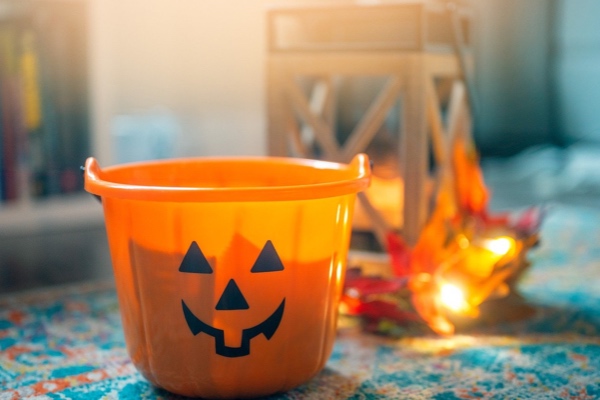Food for Thought
Candy Prices... Downright Scary?


Will this year’s Halloween haul be as ghoulish as last year’s? Using Datasembly’s enhanced Grocery Price Index, we reviewed the Candy & Gum category across all of Grocery to determine what we might expect to see this year.
Our Grocery Price Index is based on data collected from over 150,000 stores that represent 200+ retail banners spanning more than 30,000 zip codes across the United States. Over the last 12 months from October 3, 2022 through October 7, 2023 the Candy and Gum category continues to demonstrate material price changes. The average nationwide price for Candy and Gum is showing an increase of 12.8% which over-indexes the entire Grocery category at 6.7% for the same time period.
The Federal Reserve recently shared data that points to a rise in the price of cocoa (and sugar), as a key contributor to this year’s increase in candy prices (of all kinds). When compared to just chocolate candy, the overall Candy and Gum national average increase of 12.8% is higher than chocolate, where we are seeing a 11.8% increase this year for the same time period.
High inflation drove a national increase of 19.9% last year across the Candy and Gum category, so an additional 12.8% increase from October 2022 through October 7, 2023 makes for more of a trick than a treat for consumers.
While consumers across the nation will experience a price increase, just how much will depend on where they live. States like Alaska, Michigan and Ohio are experiencing lower candy price increases of 7.1%, 7.5% and 8.1% respectively, but the East Coast is a different story. In the Northeast specifically – Vermont, Maine and Pennsylvania are seeing price increases 14.7%, 14.2% and 14.1%, respectively.
So what does all of this mean exactly? It means that while candy price increases have cooled, the increase over the last 12 months will bring incremental pressure on top of last year’s record inflation.
In an economy where shoppers are becoming more selective and careful with their dollars, manufacturers are hoping that candy maintains its strong position with consumers’ discretionary income. Our weekly out-of-stock store-level measurements by brand suggests the demand continues, but with the increased economic pressure, we also expect to see more promotional activity as brands and retailers work to win consumers and satisfy a sweet tooth, albeit an increasingly expensive sweet tooth.